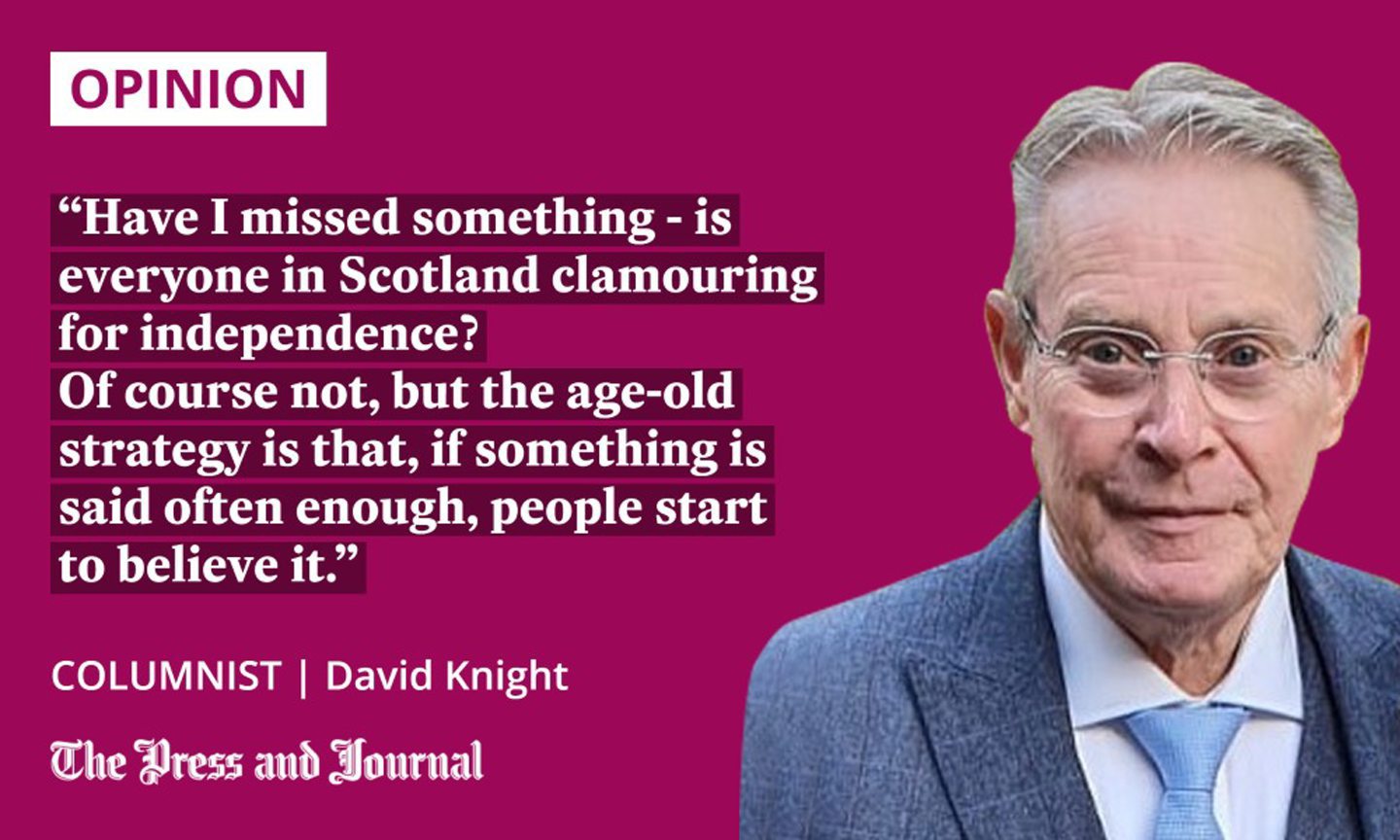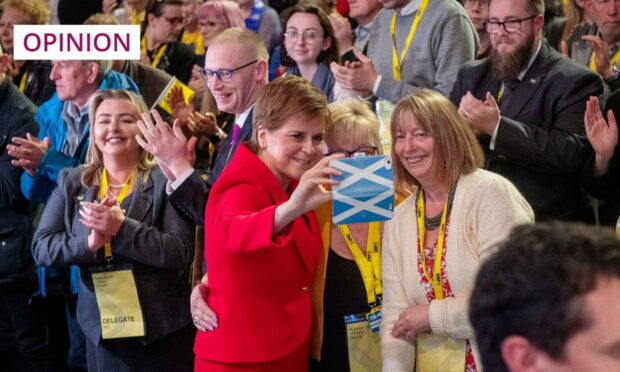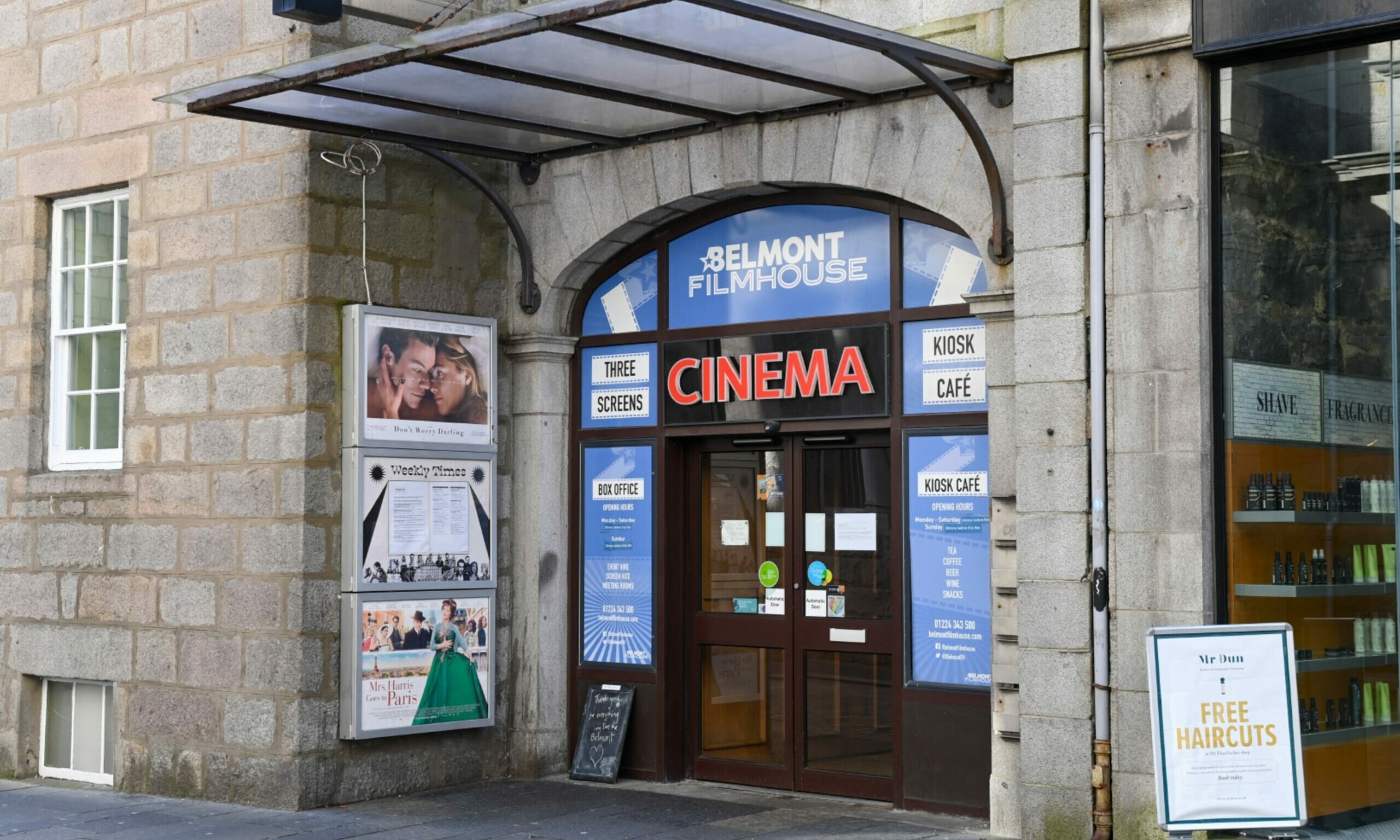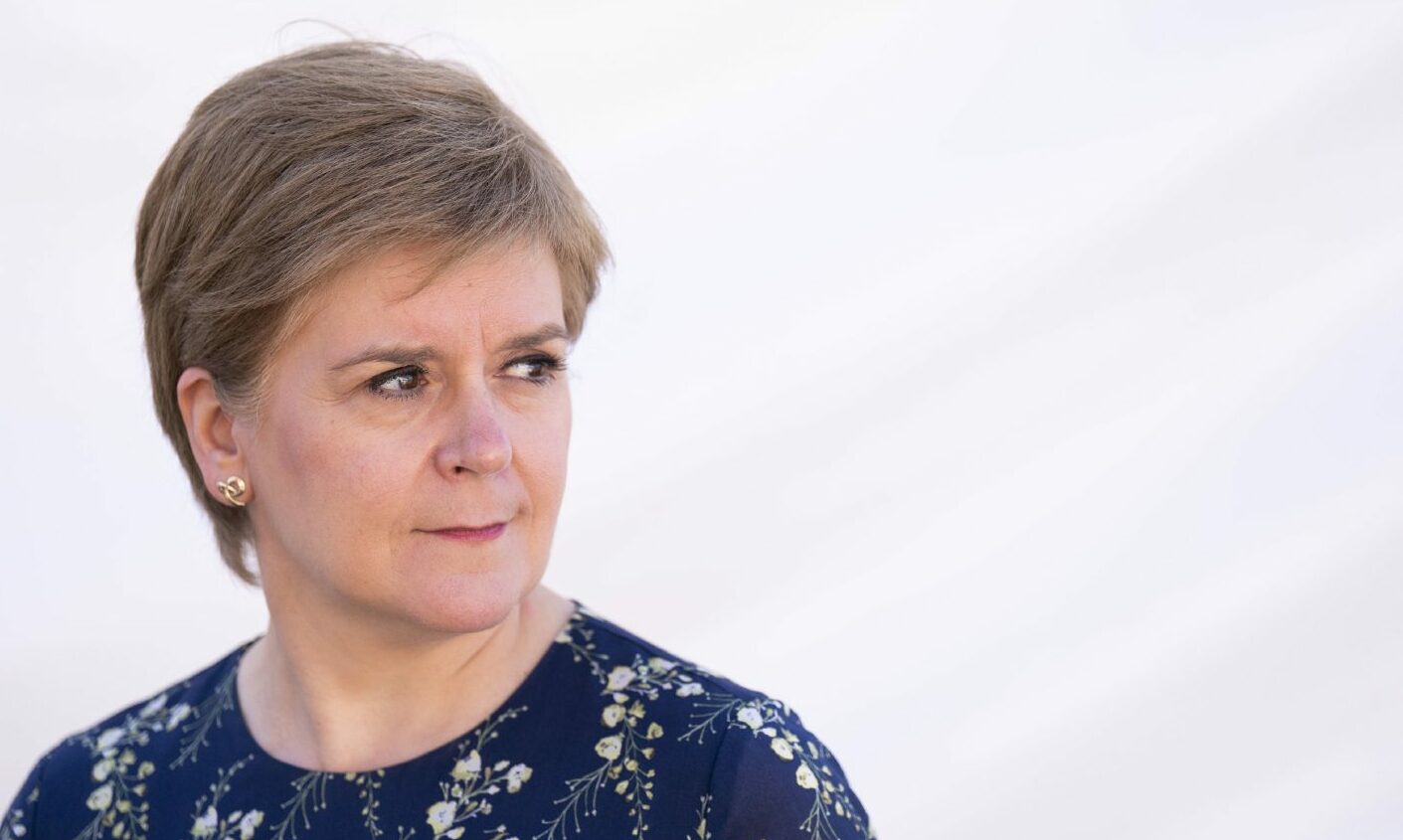As Nicola Sturgeon strode into her theatre of dreams at the SNP conference in Aberdeen, the lights were going out on another stage across the city.
Belmont Filmhouse also banged the drum for its own form of independence. But, as an independent cinema plunged into administration, its vulnerability was cruelly exposed in these hard times.
It’s worth watching to see if the Scottish Government offers any tangible support other than hollow words.

Sturgeon and the Belmont have more in common than you might think. Both peddle dreams or futuristic fantasies to tempt the public.
The difference is that Belmont films have a start, middle and end. The SNP always has the same general plot, but an unfinished script with no convincing end in sight.
Yet, certainty is what we crave, as stability collapses around us in hitherto rock-solid institutions.
Is everyone in Scotland clamouring for independence?
The real measure of public support for either cause – Sturgeon or the Belmont – is contradictory.
Fans stung into action flocked to a campaign to save the cinema, but it had been starved of hard cash and bottoms on seats in the first place.
And support for independence is certainly not the rapturous choreographed ecstasy of the SNP conference hall. Or the so-called “substantial majority” of pro-independence MSPs in the Scottish parliament, who we are expected to believe prove a “clear mandate” for a new referendum.
Have I missed something – is everyone in Scotland clamouring for independence? Of course not, but the age-old strategy is that, if something is said often enough, people start to believe it.
Counting MSPs elected through normal electoral processes doesn’t decide a referendum; it cannot be contrived or corrupted to look like a “yes ” vote by individual members of the public who cast votes.
Dodgy rhetoric and a lack of straight answers
Some people have been praising Sturgeon for straight talking after her inflammatory “I detest the Tories” remarks. For detest, you can generally read hate, or “violent antipathy”, as I spotted in one dictionary definition.
A few days ago, Ms Sturgeon shared her latest thoughts on the shape of an independent Scotland, but every response triggered a flurry of more unanswered questions
The problem is that careless dangerous words can incite bad people; conduct unbecoming in leaders. Only a notch above “Tories are scum” (which forced an apology from Labour’s Angela Rayner).
Dodgy rhetoric from the FM, but, as usual, a noticeable absence of straight answers. Especially about those awkward questions: currency, EU hard border, Scottish passports, removing anti-Putin nuclear defences in Scotland, and economic meltdown.
Crucial, fundamental questions about ordinary people’s livelihoods.
A few days ago, Ms Sturgeon shared her latest thoughts on the shape of an independent Scotland, but every response triggered a flurry of more unanswered questions. It all seemed to be built on fingers crossed and wishful thinking.
In brutal, Brexit-style negotiations, would this be like snowflakes landing on a hotplate?
Despite fake hysteria and convoluted rhetoric (as opposed to “straight talking”) public support remains fiercely divided, with polls consistently favouring “No” and appetite for a referendum low. Yet, the shaky bandwagon lumbers on.
Referendum plan is recipe for chaos
If pro-independence was running at 60-70% over a long period, even I would concede the case.
Sturgeon claims she is carrying a torch for democracy, yet she signed off the now abandoned Named Person attack on family rights – an incendiary project condemned by the Supreme Court as akin to a “totalitarian state”.
Latest Scottish independence voting intention (30 Sep – 4 Oct)
Yes: 49% (+4 since May)
No: 51% (-4)# of 2014 Yes voters now voting No: 18%
# of 2014 No voters now voting Yes: 17%https://t.co/8bkooXX5rR pic.twitter.com/rATuhjW9dD— YouGov (@YouGov) October 21, 2022
What can be more undemocratic than Sturgeon’s madcap idea to hijack the next general election and hold it hostage as a bizarre independence referendum? It’s a recipe for utter chaos; maybe that’s been the plan all along.
But, as Alex Salmond claimed the other day, even if the Scottish Government succeeded in its current Supreme Court battle, it would have created nothing more than a “glorified opinion poll”.
We need a Go Compare mindset
We need look no further than last year’s Scottish parliamentary election for the answers she seeks – not the ludicrous idea of bending the next general election out of shape. The much-vaunted “clear mandate” argument crumbles when we are reminded that the SNP is only propped up in power by the Greens.
And, when individual votes cast by ordinary people in Scotland were counted at the 2021 election, we saw there was a clear majority in support of unionists. This is the reality, as opposed to delusions about clear mandates.
As one leading authority noted, it proved people were already voting along independence lines 18 months ago. Despite that, Sturgeon hopes to push her independence agenda even harder by demanding a general election after Truss’s implosion.
With the poor old Belmont in mind, I watched a recent film about a successful battle to save another independent film house – the Lyric in Carmarthen, Wales, in 1993.
A true story involving Steven Spielberg – but, I noted, the leading Welsh campaigner was the mother of that operatic tenor who sings “Go Compare” in the television ad.
The lyrics made me think of all this independence rhetoric. A Go Compare mindset is a good way of weighing up what is plausible or make believe.
David Knight is the long-serving former deputy editor of The Press and Journal



Conversation